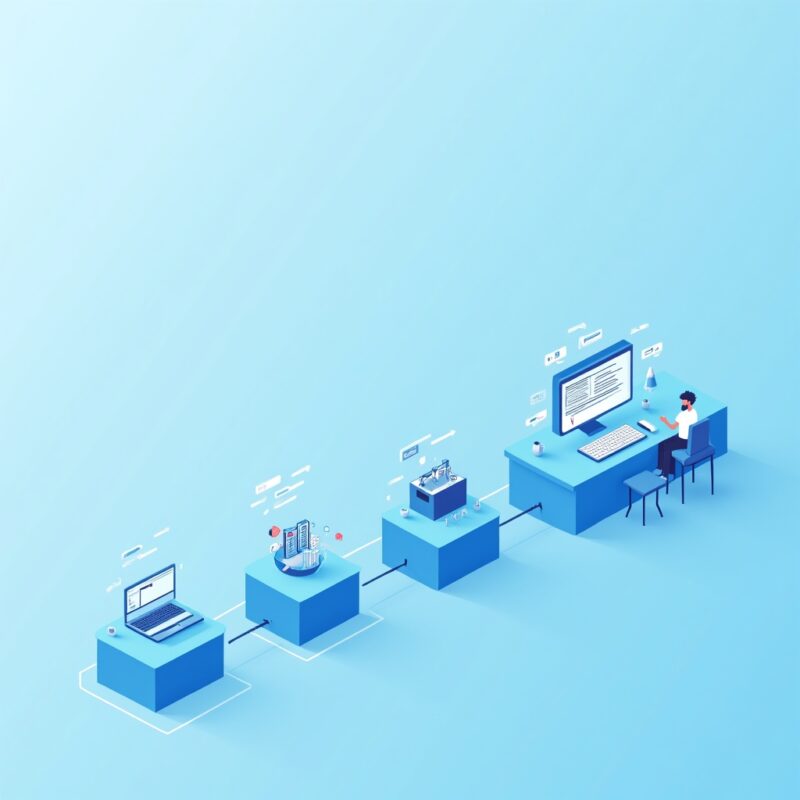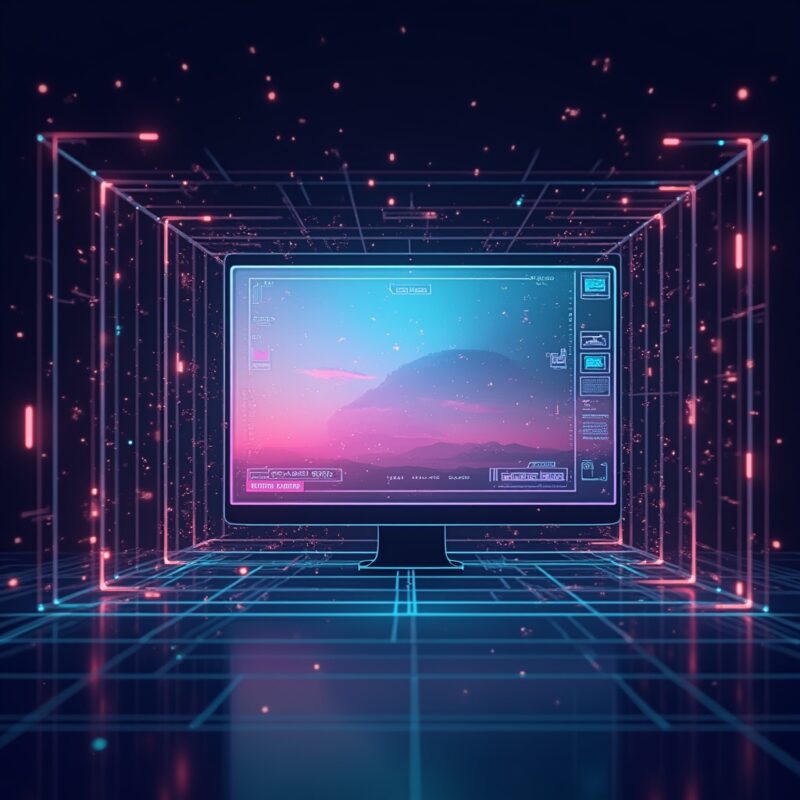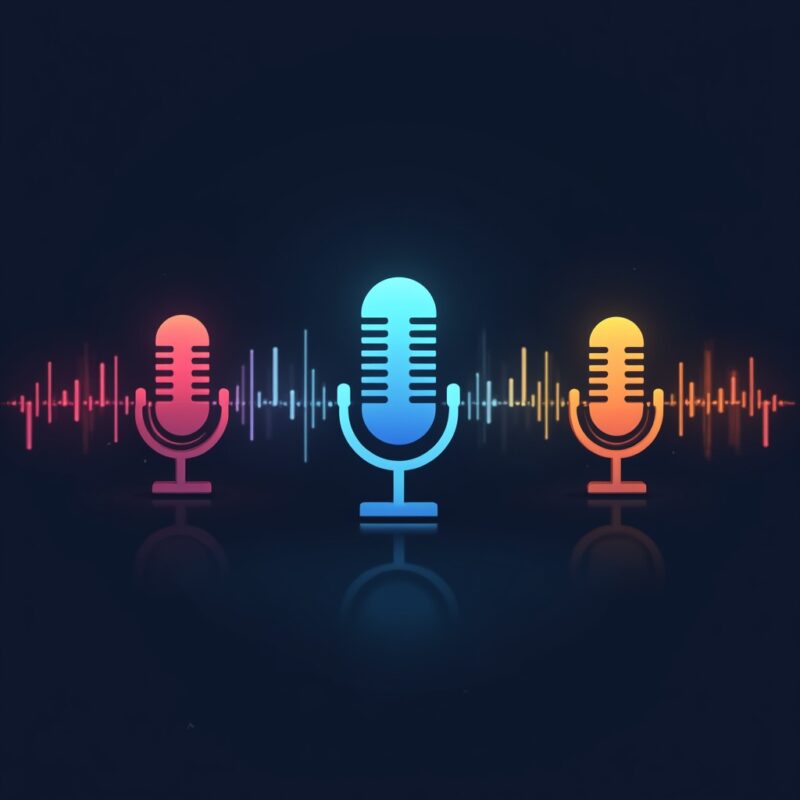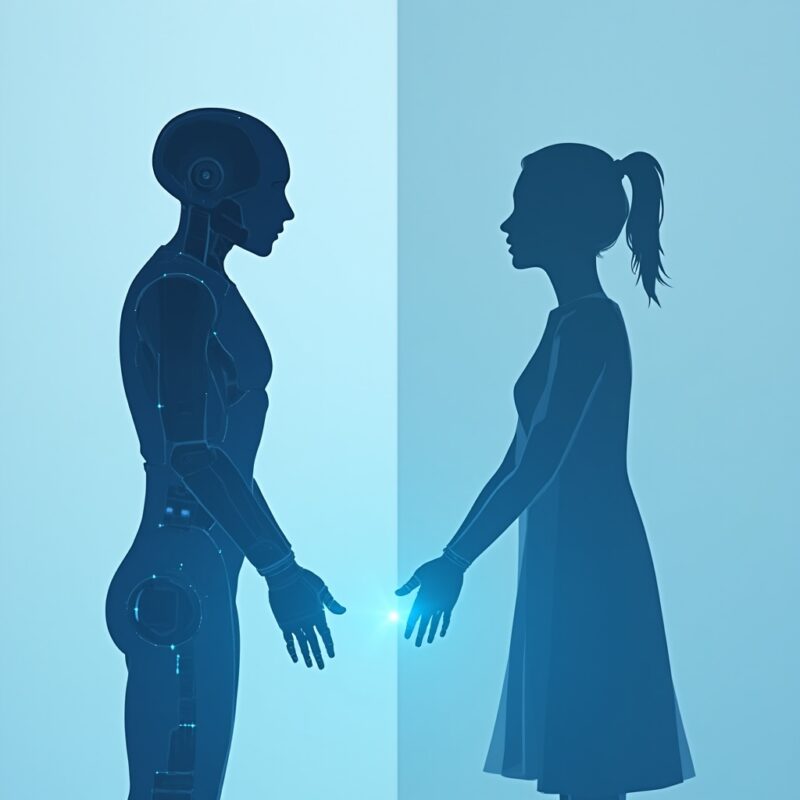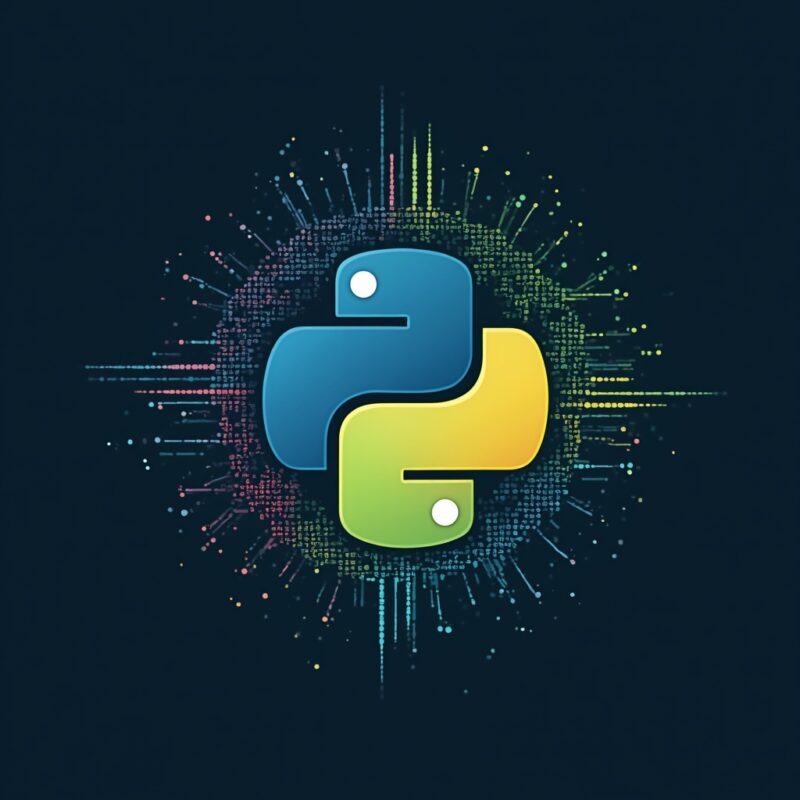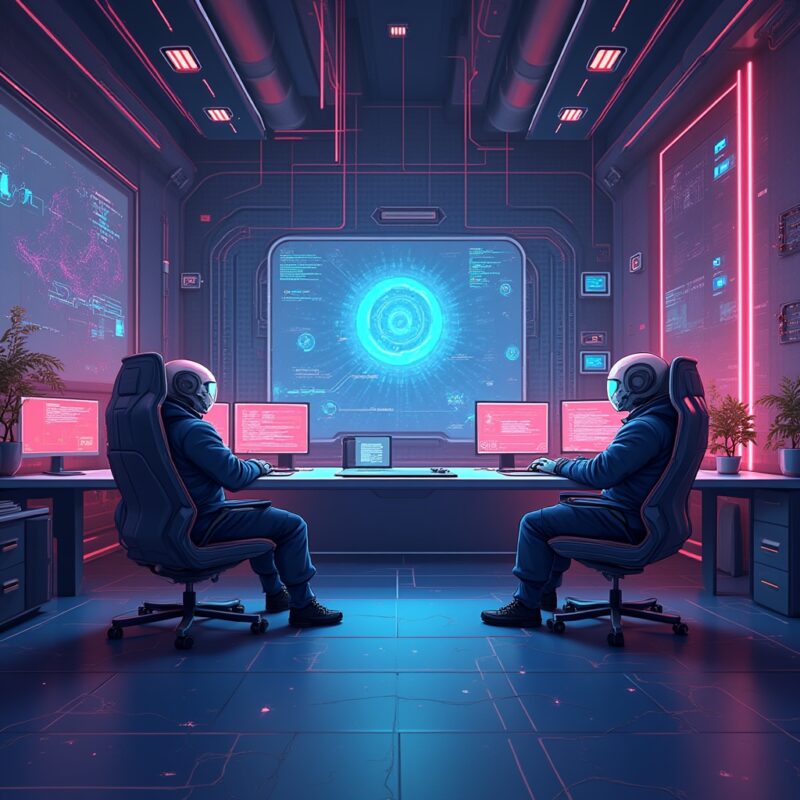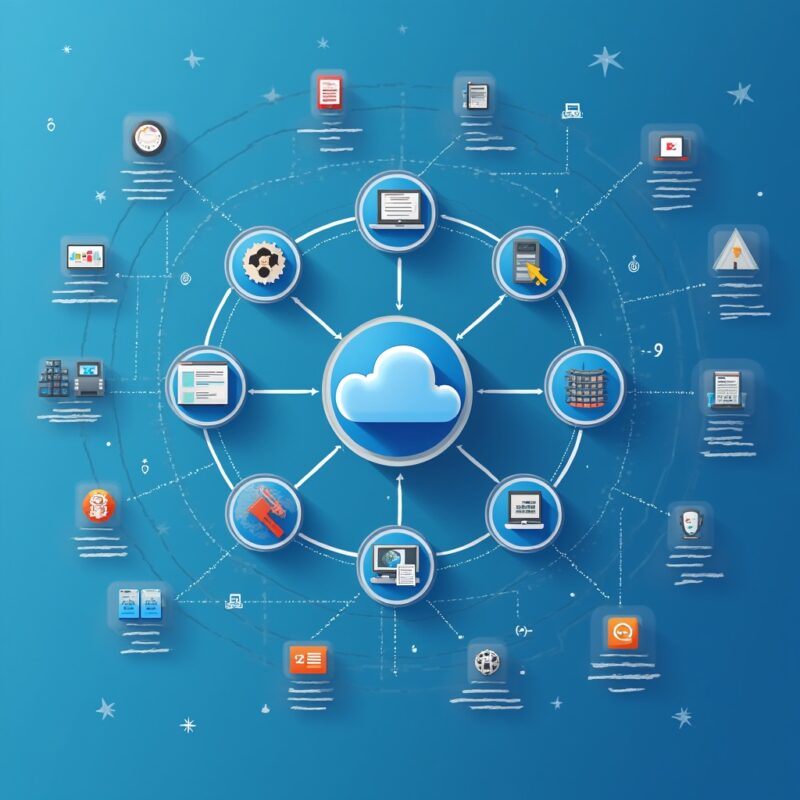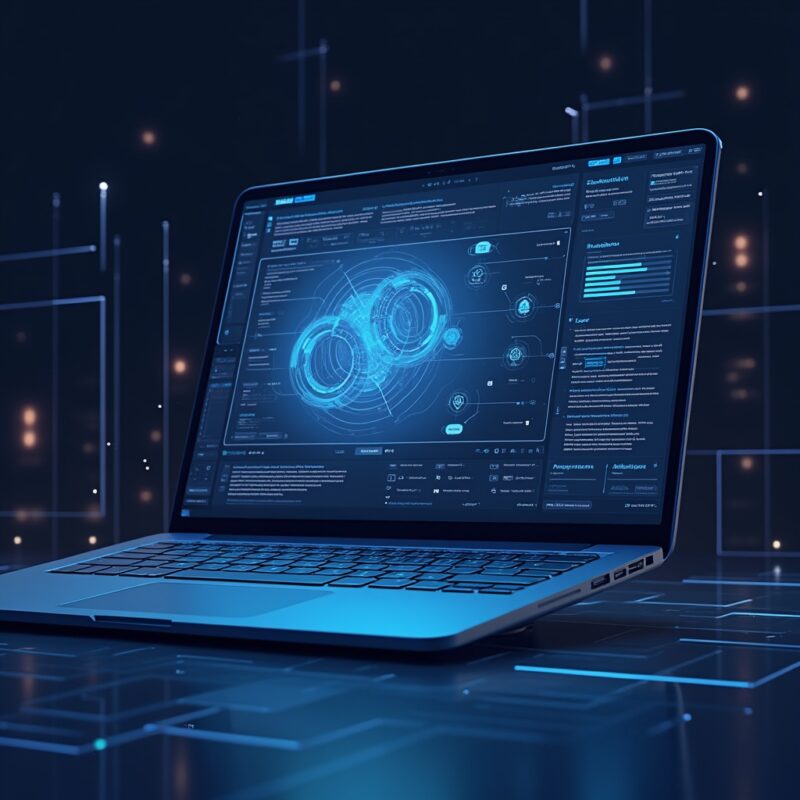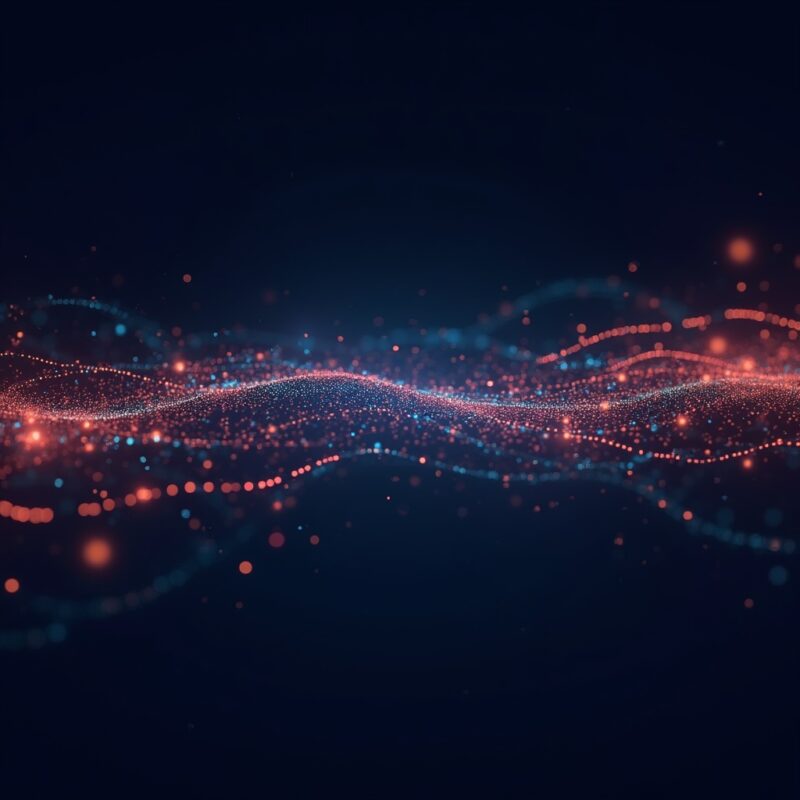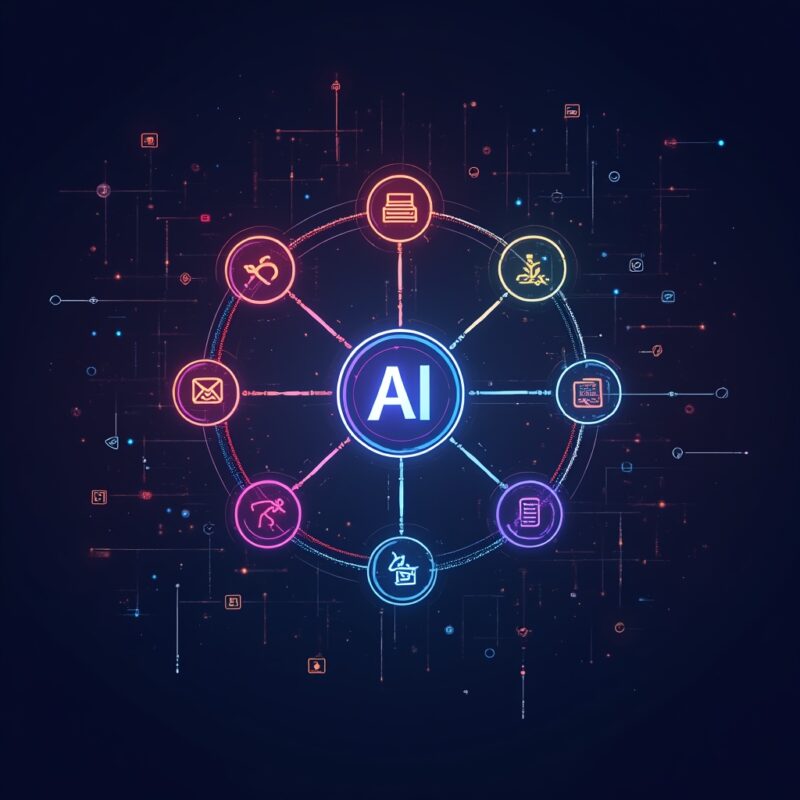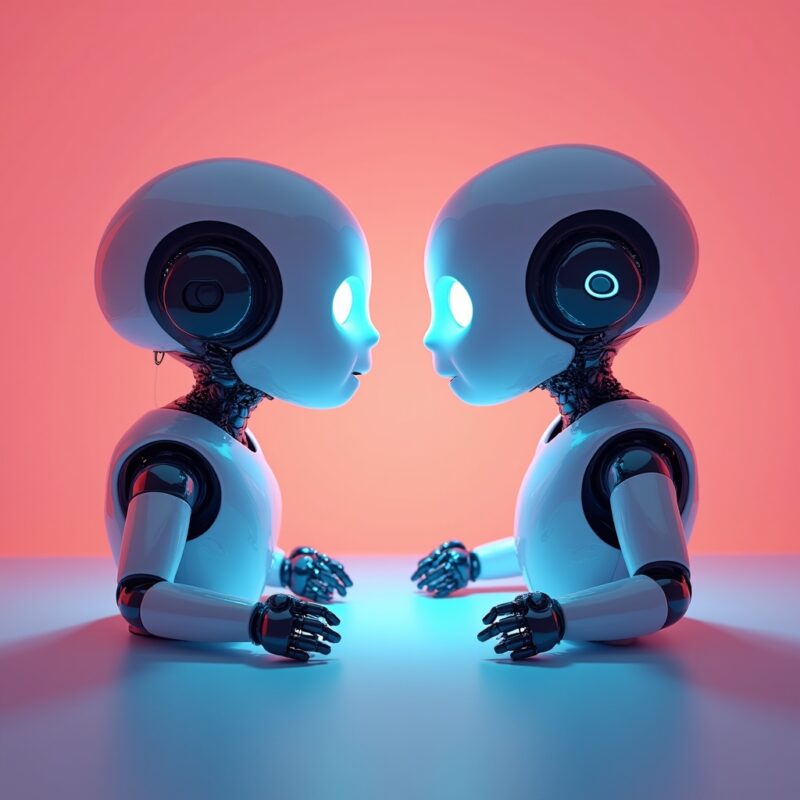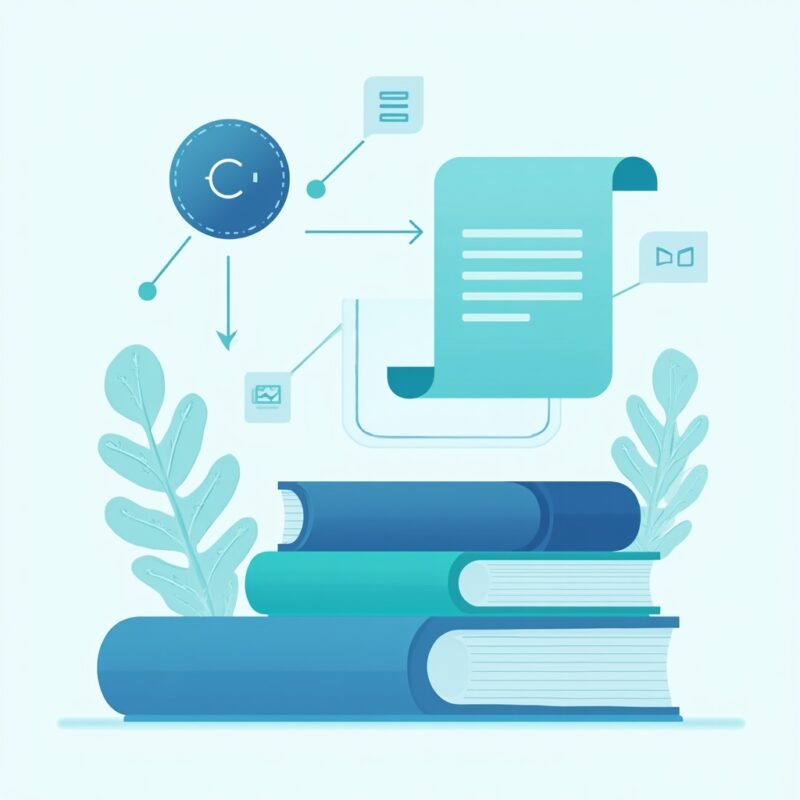Best AI Tools for Graphic Design: Transform Your Workflow
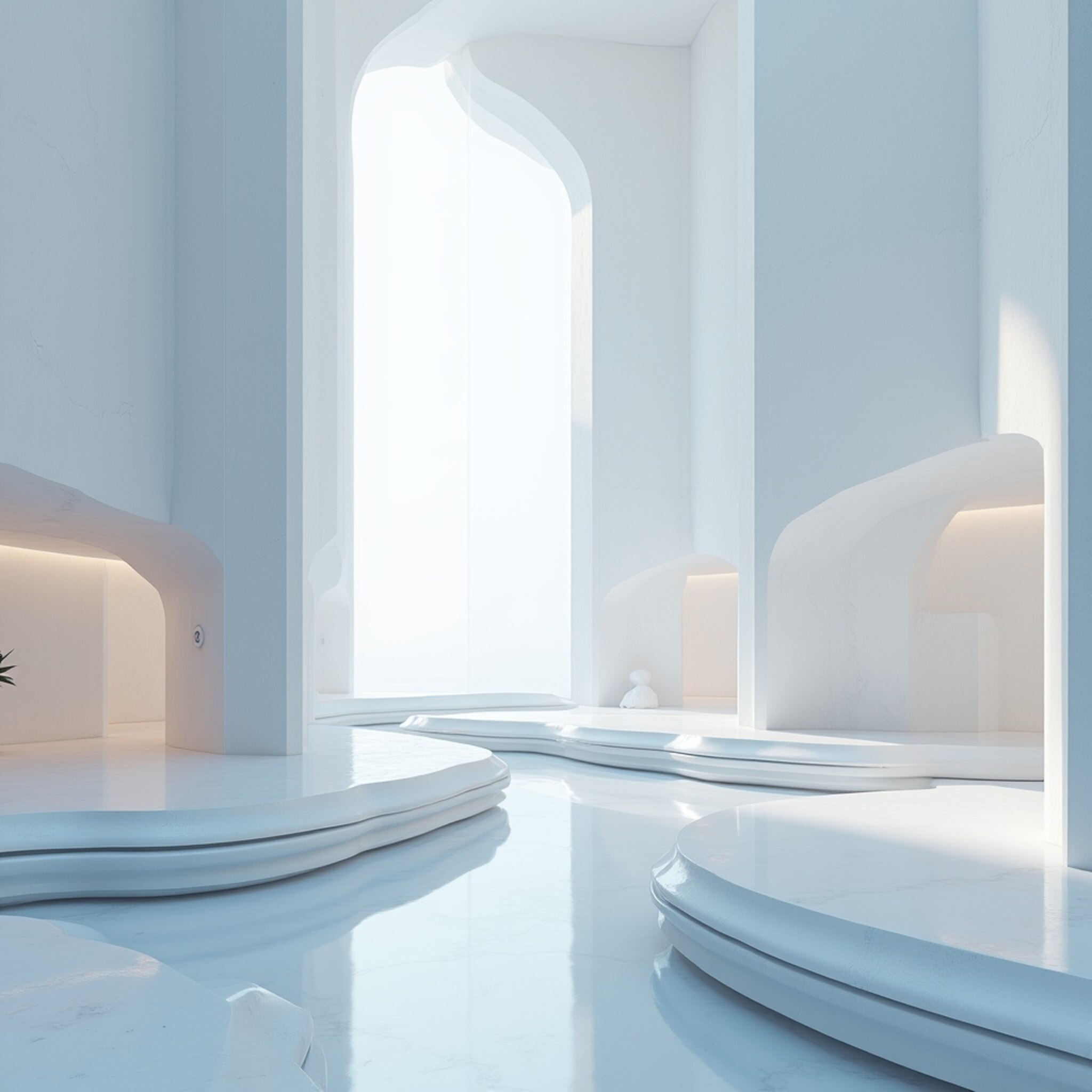
AI tools are revolutionizing graphic design workflows in 2025, with solutions for everything from automated rendering to creative ideation. The best AI design tools seamlessly integrate with existing processes while preserving creative control, balancing automation with human artistry for enhanced productivity.
The Rise of AI in Graphic Design: More Than Just a Trend
So I was sitting at my desk last night, staring at what felt like the 47th iteration of a client’s logo design. My coffee had gone cold (again), my eyes were bloodshot, and I was pretty sure my cat was judging my life choices from across the room. That’s when it hit me—why was I manually tweaking these vector points when AI could help me explore design variations in seconds?
This is the reality for many designers in 2025. We’re caught between our traditional creative processes and this brave new world of AI assistance. And lemme tell you, the landscape has changed dramatically in just a few years.
Let’s break it down…
What Makes AI Design Tools Game-Changers in 2025
Today’s AI design tools aren’t just fancy filters or basic automation—they’re sophisticated creative partners that understand design principles, architectural rendering, and visual hierarchy. The best ones don’t replace your skills; they amplify them.
Time Reclamation: The Designer’s New Superpower
The most immediate benefit? Time. Glorious, beautiful time. Tasks that once consumed hours—like creating architectural renderings, removing image backgrounds, or generating initial concepts—now take minutes or even seconds.
- Rapid Prototyping: Generate multiple design concepts in minutes rather than hours
- Automated Refinement: Let AI handle tedious tasks like image cleanup and background removal
- Rendering Acceleration: Architectural and 3D renderings that once took overnight now process in minutes
One design director I spoke with mentioned saving roughly 15 hours weekly on routine tasks—that’s practically two full workdays reclaimed for higher-value creative thinking!
The AI Architecture Rendering Revolution
Architecture visualization has seen some of teh most dramatic transformations. What once required expensive software, specialized skills, and hours of rendering time can now be accomplished with AI tools that turn rough sketches into photorealistic visualizations.
Free AI Architecture Rendering Options Worth Exploring
- Archi-Sketch AI: Transforms basic floor plans into detailed 3D renderings
- RenderFlow: Creates photorealistic exterior visualizations from simple reference images
- SpaceGen: Specializes in interior design visualization with customizable lighting and materials
These tools aren’t just making rendering more accessible—they’re democratizing architectural visualization for smaller firms and independent designers who previously couldn’t compete with large studios’ resources.
Learn more in
Create Website with AI: 5 Best Platforms Compared
.
Integrating AI Into Your Design Workflow: A Practical Guide
The magic doesn’t happen by simply adopting AI tools—it’s about thoughtfully integrating them into your existing workflow. Here’s how successful designers are doing it in 2025:
Start With Problem Identification
Before diving into AI tools, identify your specific pain points. Are you spending too much time on initial concept generation? Struggling with architectural renderings? Getting bogged down in repetitive tasks?
The Hybrid Workflow Approach
- Ideation: Use AI to generate multiple concepts based on your initial briefs and references
- Refinement: Select promising directions and apply your human expertise to refine them
- Production: Let AI handle time-consuming technical tasks like image manipulation and rendering
- Final Touch: Add your signature creative elements that AI can’t replicate
This balanced approach preserves your creative signature while leveraging AI’s speed and computational power. It’s not about replacement—it’s about enhancement.
Common Myths About AI Design Tools
Despite widespread adoption, misconceptions about AI design tools persist. Let’s bust some myths:
Myth 1: “AI Will Replace Designers”
Reality: AI excels at pattern recognition and iteration but lacks original creative thinking and emotional intelligence. The most successful designers use AI as a collaborator, not a replacement. Human oversight remains essential for quality control and creative direction.
Myth 2: “AI-Generated Designs All Look the Same”
Reality: Early AI tools did produce somewhat generic results. However, 2025’s design AI can be trained on specific brand guidelines and aesthetic preferences, resulting in highly customized output that aligns with unique brand identities.
Myth 3: “Learning AI Tools Takes Too Much Time”
Reality: While there is a learning curve, most modern AI design interfaces are surprisingly intuitive. Many designers report becoming proficient with basic functions in just a few hours, with advanced mastery taking a few weeks—a worthwhile investment considering the long-term time savings.
Real-World Examples: Designers Transformed by AI
Meet Sarah, a freelance graphic designer who specializes in branding for small businesses. Before incorporating AI tools, she could handle about 3-4 client projects monthly. Her process was meticulous but time-consuming, especially during the concept development and revision stages.
After adopting an integrated AI workflow:
- Her client capacity increased to 6-7 projects monthly
- Revision cycles decreased by 40% as she could rapidly generate alternatives
- She now offers architectural visualization services (previously outside her skillset)
- Her per-project profitability increased by 35%
The key wasn’t just adopting AI tools—it was strategically applying them to specific bottlenecks in her process while maintaining personal creative control over the final output.
Learn more in
Create Website with AI: 5 Best Platforms Compared
.
What’s Next for AI in Graphic Design?
As we move through 2025, several emerging trends are shaping the future of AI-assisted design:
- Hyper-Personalization: AI tools that learn your specific style and can generate designs that look like they came from your hand
- Real-Time Collaboration: AI systems that can participate in design reviews, offering suggestions based on brand guidelines and historical performance data
- Adaptive Outputs: Designs that automatically modify themselves for different contexts and platforms
- Ethical Design Frameworks: AI tools with built-in accessibility and inclusivity guidelines
The most exciting development isn’t just what these tools can do—it’s how they’re expanding creative possibilities for designers at all skill levels. What was once the domain of elite studios with massive resources is becoming accessible to independent creators and smaller firms.
Finding the right balance between AI assistance and human creativity isn’t just good business—it’s the future of design. The winners won’t be those who resist change or those who blindly embrace automation, but those who thoughtfully integrate these powerful tools while maintaining their unique creative vision.

